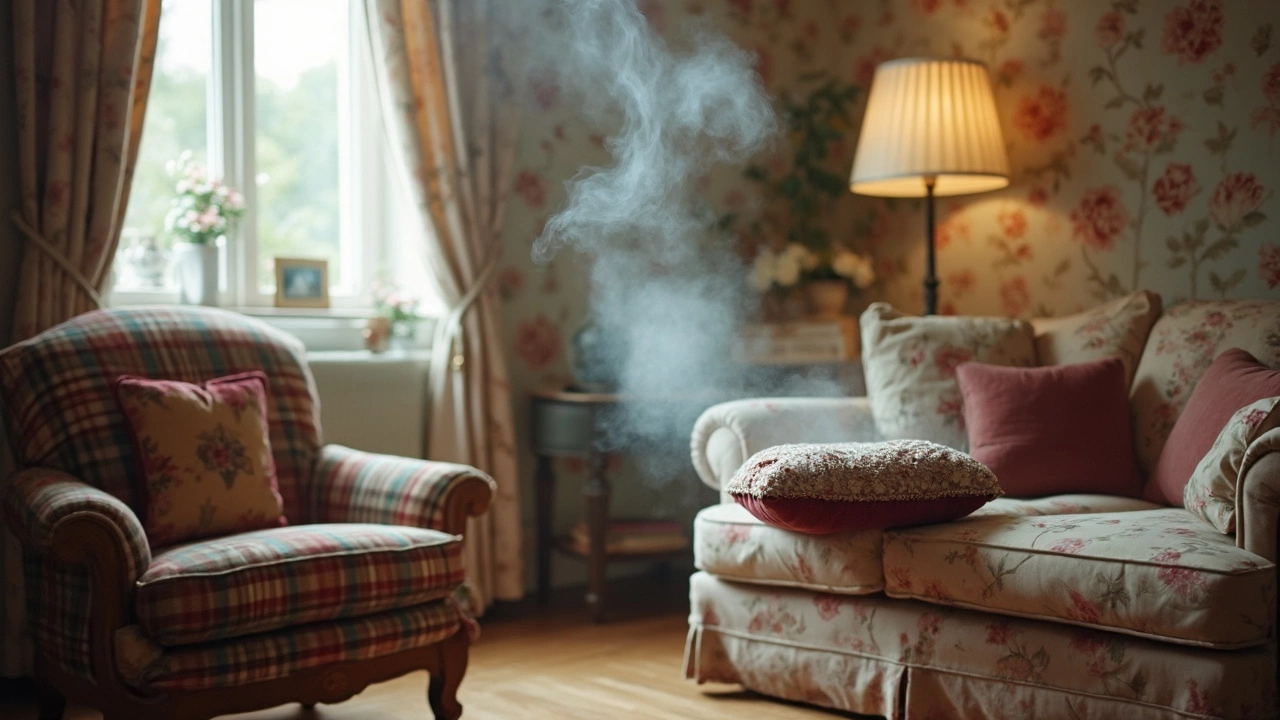When Not to Use Steam: Know the Risks Before You Steam
Steam cleaners are great for killing germs and cutting through grime, but they aren’t a cure‑all. Using steam on the wrong surface can warp wood, ruin electronics, or leave stubborn stains. Below are the most common places where steam does more harm than good, plus quick alternatives you can try.
Delicate Materials That Hate Heat
Soft fabrics like silk, satin, or velvet can shrink or melt when exposed to high temperature steam. Even some synthetic upholstery reacts badly, turning stiff or discolored. Instead of steaming, spot‑clean with a mild detergent and a damp cloth. Let the fabric air‑dry or use a low‑heat fan to speed up drying.
Wood Floors, Cabinets, and Unfinished Surfaces
Steam penetrates tiny cracks in wood and can cause the finish to bubble or the planks to swell. This is especially true for older hardwood with a loose seal. For wood, stick to a microfiber mop dampened with a pH‑balanced wood cleaner. Wipe in the grain and dry immediately to keep the surface stable.
Laminate and engineered flooring face the same issue. A little water can seep into seams and swell the core. A quick sweep followed by a spray‑bottle mist of diluted cleaner does the trick without the heat.
When it comes to cabinets, especially painted or laminated ones, steam can lift paint and cause bubbling. A soft cloth with a gentle all‑purpose cleaner works fine. For stubborn grease, let the cleaner sit a minute, then wipe clean.
Electronics, Appliances, and Anything with a Motor
Steam and electronics are a bad mix. The moisture can enter seams, short circuits, or damage internal components. Vacuum your refrigerator shelves, oven door, and dishwasher interior with a brush attachment instead. For the exterior, a microfiber wipe dampened with a little vinegar water removes fingerprints safely.
Even “steam‑safe” appliances have limits. Steam can warp rubber seals on washing machines or dryers. Check the manufacturer’s guide before you point the nozzle at any appliance.
Painted Walls and Ceiling Tiles
Steam can lift paint, especially if the paint is old or low quality. It can also cause ceiling tiles to sag. Use a soft sponge with a mild soap solution for spot cleaning. For larger areas, a low‑pressure sprayer with a washable cleaning solution does the job without the heat.
Carpet and Rug Types That Don’t Like Wet Heat
Most carpets can handle steam, but natural fibers like sisal, jute, or wool can shrink or become stiff when exposed to high heat. Test a hidden corner first. If you see any changes, switch to a dry‑cleaning powder or a carpet‑specific foam cleaner.
For delicate rugs, a professional spot‑cleaning service is a safe bet. They know how to treat each material without risking damage.
Sealed Surfaces and Tile Grout
Steam can crack grout that’s already brittle or cause sealants on stone to break down. If grout looks cracked, use a grout brush with a pH‑neutral cleaner. For sealed stone, a stone‑safe cleaner and a soft cloth will keep the shine without risking the seal.
Remember, the goal isn’t to avoid steam altogether—just to know when it’s the wrong tool. By matching the cleaning method to the material, you’ll keep your home looking fresh and avoid costly repairs.
Next time you reach for the steam mop, pause and ask yourself if the surface is on this list. If it is, choose a gentler approach and enjoy a clean home without the headaches.

When Should You Not Use Steam for Upholstery Cleaning?
When it comes to cleaning upholstered furniture, steam can work wonders—unless you use it at the wrong time or on the wrong fabric. Not every couch or chair can handle high heat and moisture. This article breaks down exactly when you should avoid steam so you don’t mess up your favorite seat. Get practical advice, surprising no-gos, and easy tips for proper fabric care.
Read More